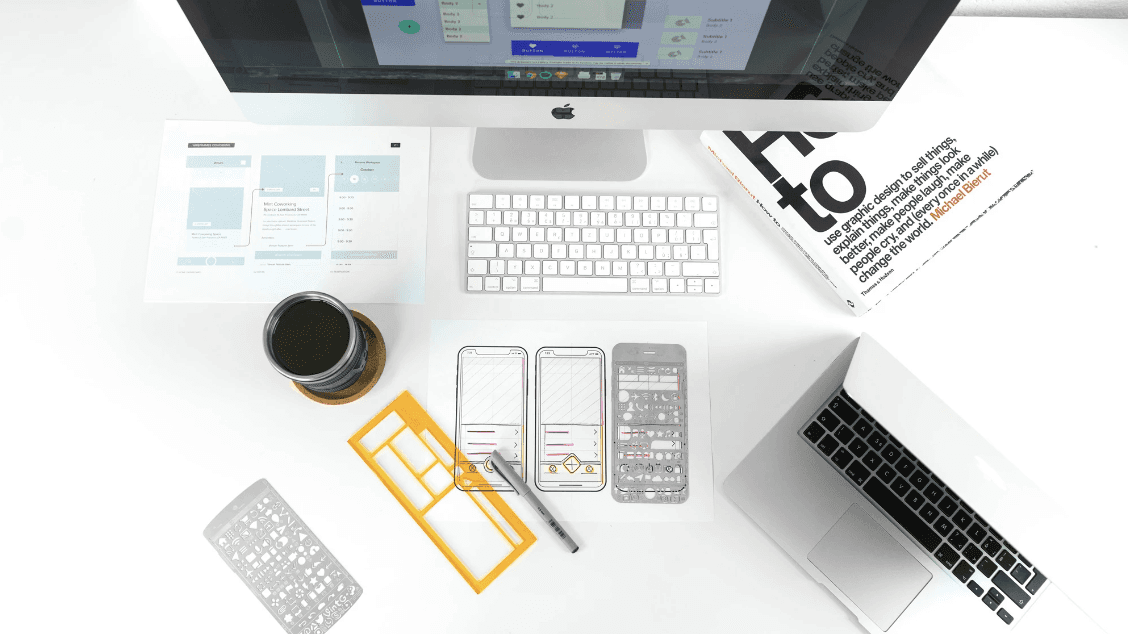Redesigns of products, services, and platforms are tempting for companies. A redesign can feel like a silver bullet to remove all the things we don’t like about a product or experience. While that may be true in some cases, it’s important to start with ‘why’ you are redesigning an established pattern. Take the time to understand the benefit associated with a redesign, flesh out what it will cost to get from where you are today, to where you want to be. Most importantly, take time to understand how this will impact your user base.
What is a redesign?
Its easy to think of a redesign as a visual update, but it so much more. A redesign is fundamentally a change in your experience that can be purely visual, however its likely a lot more than that. If done well, a redesign can cause minimal interruptions in your daily user’s lives, often leading to more improvements than issues. If done poorly, a redesign can add friction, forcing existing users to re-learn your experience, potentially causing user frustration, that could lead to churn.
What are some important details to keep in mind for a software product redesign?
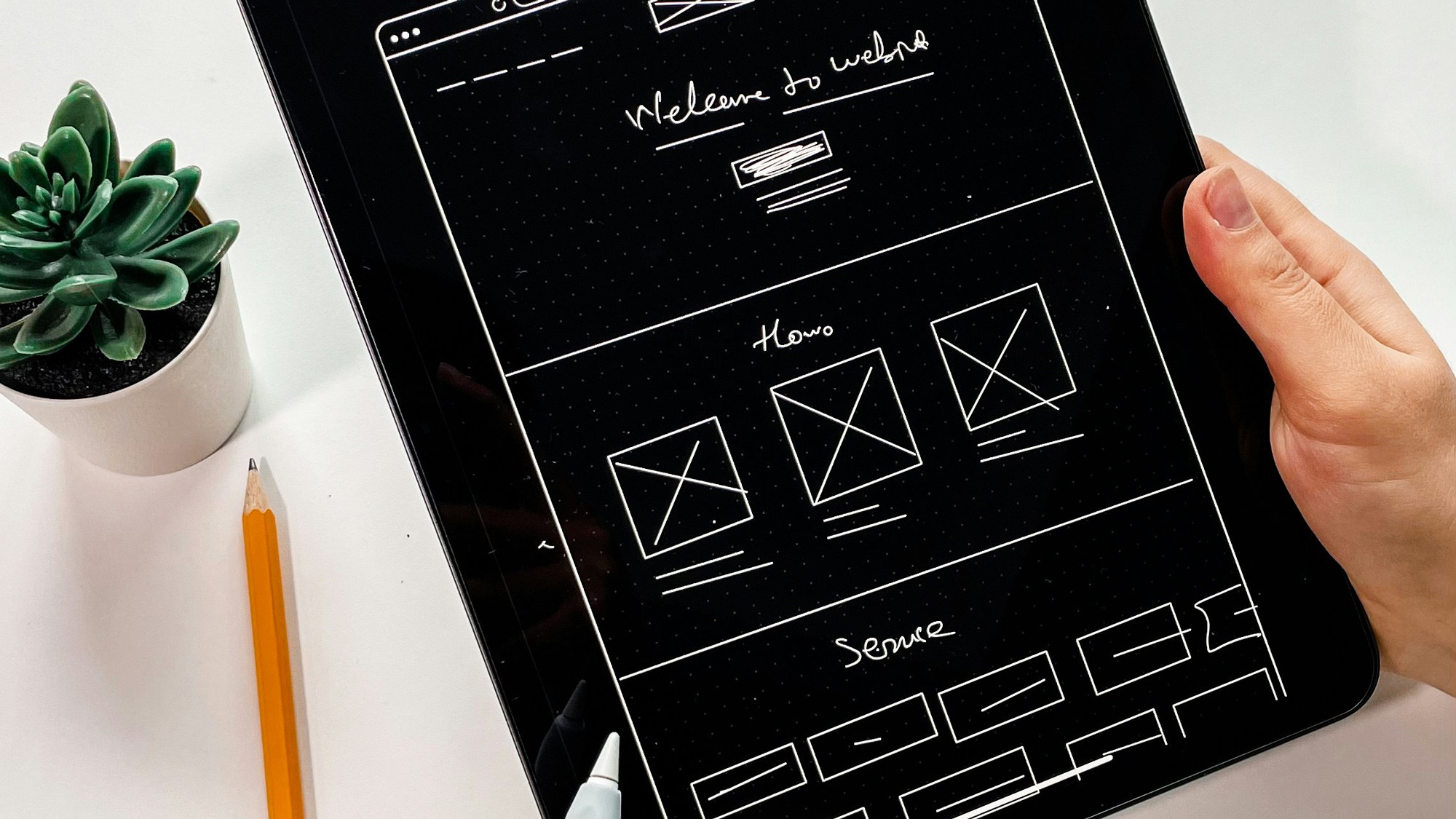
Photo by Faizur Rehman on Unsplash
What did you learn with your early-stage product
A product begins as an idea, by solving a specific problem and providing user value, that idea can evolve beyond a minimum viable product, into a lovable set of features, then scaling for growth. Remember the foundations of your product, contextualize what your product is, what it does, and get back to basics with core principles.
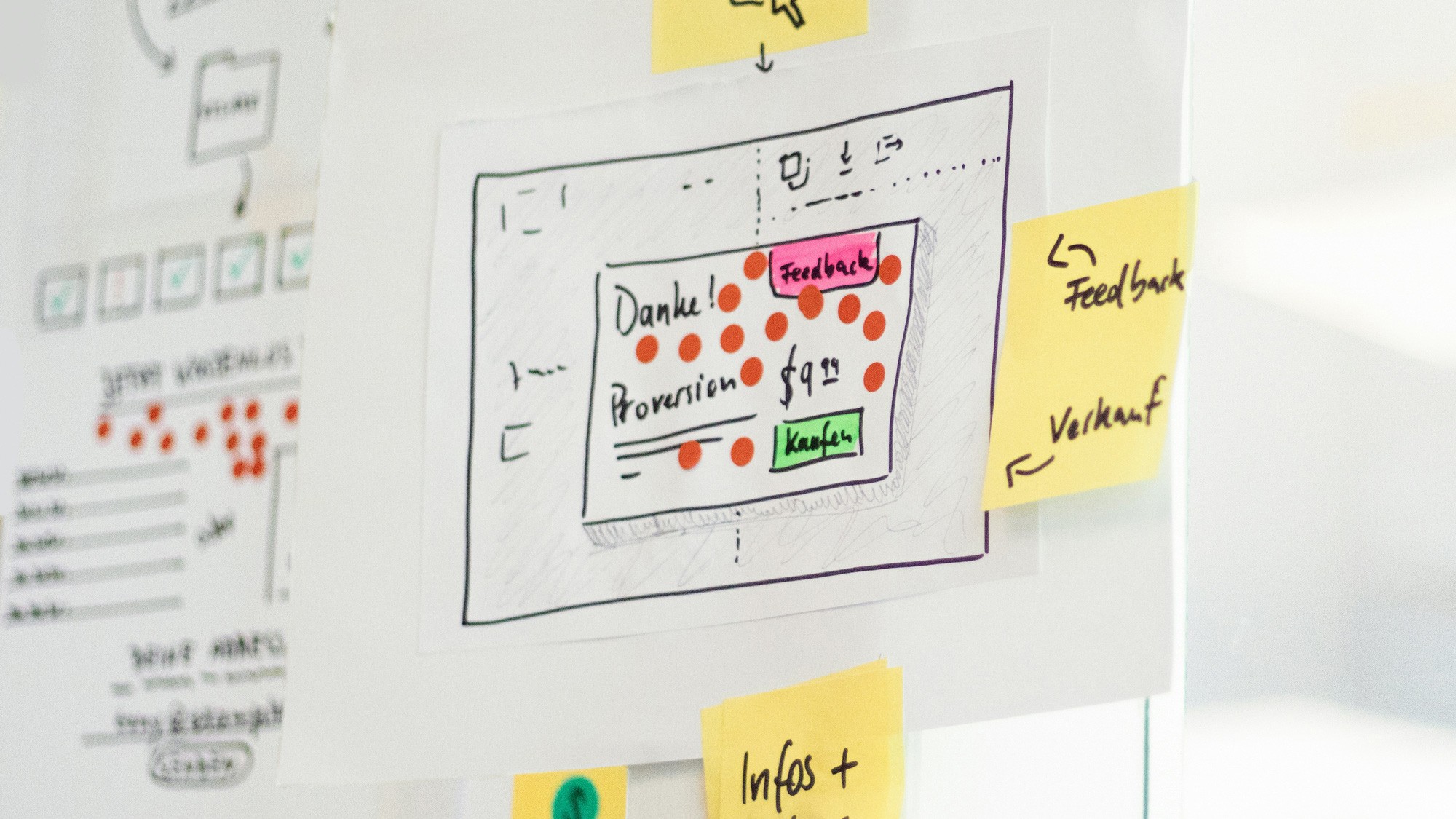
Why it's important to understand what your product does well
Take time to reduce bias on the original design you are working to refactor. What does the product do well, and where can it improve. Are improvements to the experience blocked by a redesign or a value add. Find out if you can release improvements that are not blocked by, but elevated by a redesign. Begin a list of ideas and communicate how each of them scale, what is blocking each one, so you know what considerations are impacting your roadmap.
Consistently adding feature improvements during a redesign can be a great way to test features, gather rapid feedback, adjust future assumptions, and demonstrate you are actively listening to your community.

Why it's important to listen to your existing users
Don’t start from scratch when redesigning, begin by understanding how the people who use your product day-to-day feel about the experience. Dive deep to understand what they are trying to achieve, what impacts your user sentiment, and ways they think things are working well, and where they can be improved. Put things into context with journey maps. Find ways to remove bias, validate your findings, and prioritize the goal outcomes for your ideal experience.
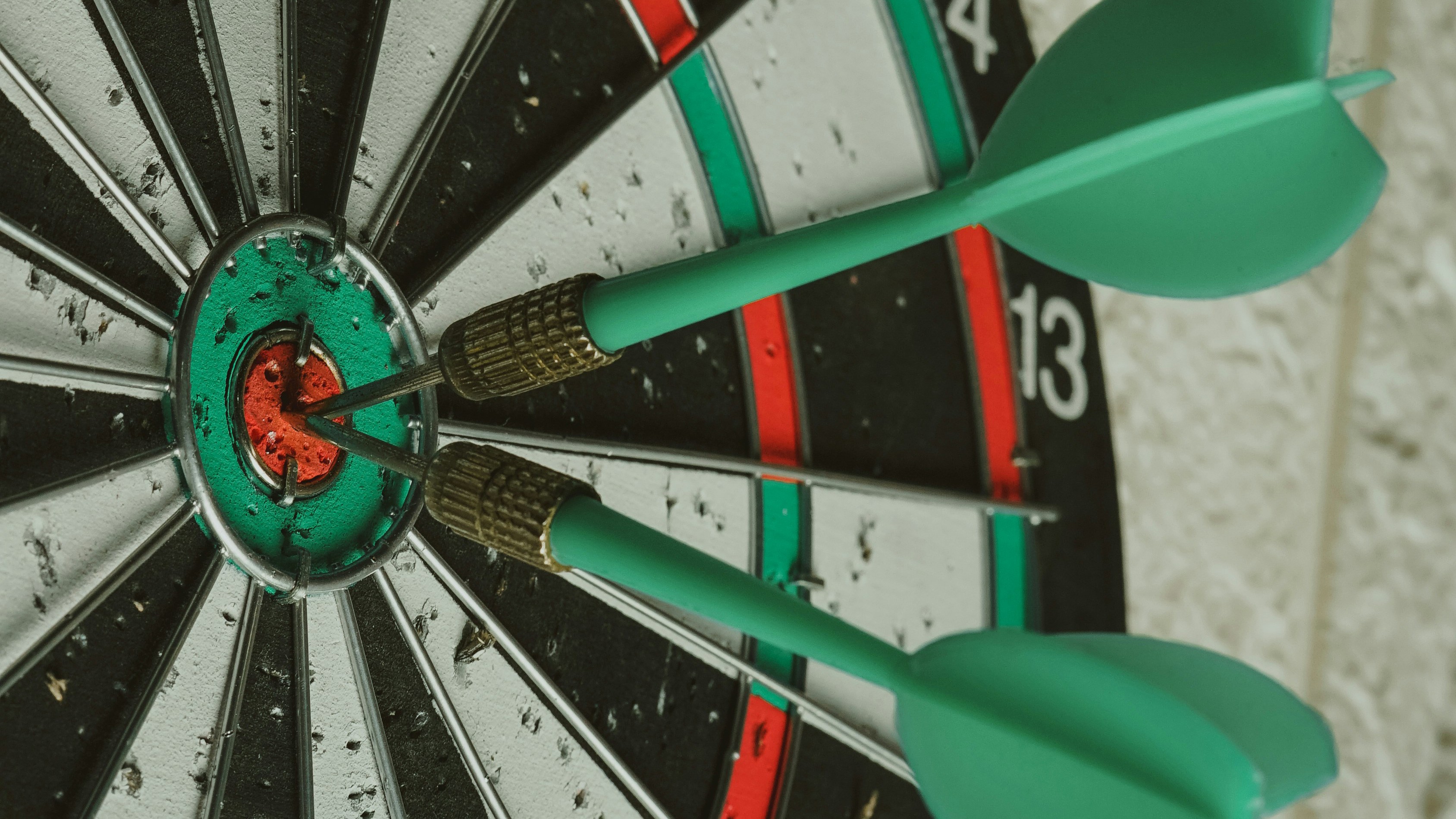
Photo by Afif Ramdhasuma on Unsplash
How to apply your product vision to your redesign
Dream big, think about where you want your product to be in the future. I like to think of it this way: If you didn’t have the limitations you’re experiencing today, what would you want to be possible? Develop a redesign strategy that reduces the limitations you may be experiencing today with your platform.
How to successfully redesign an application
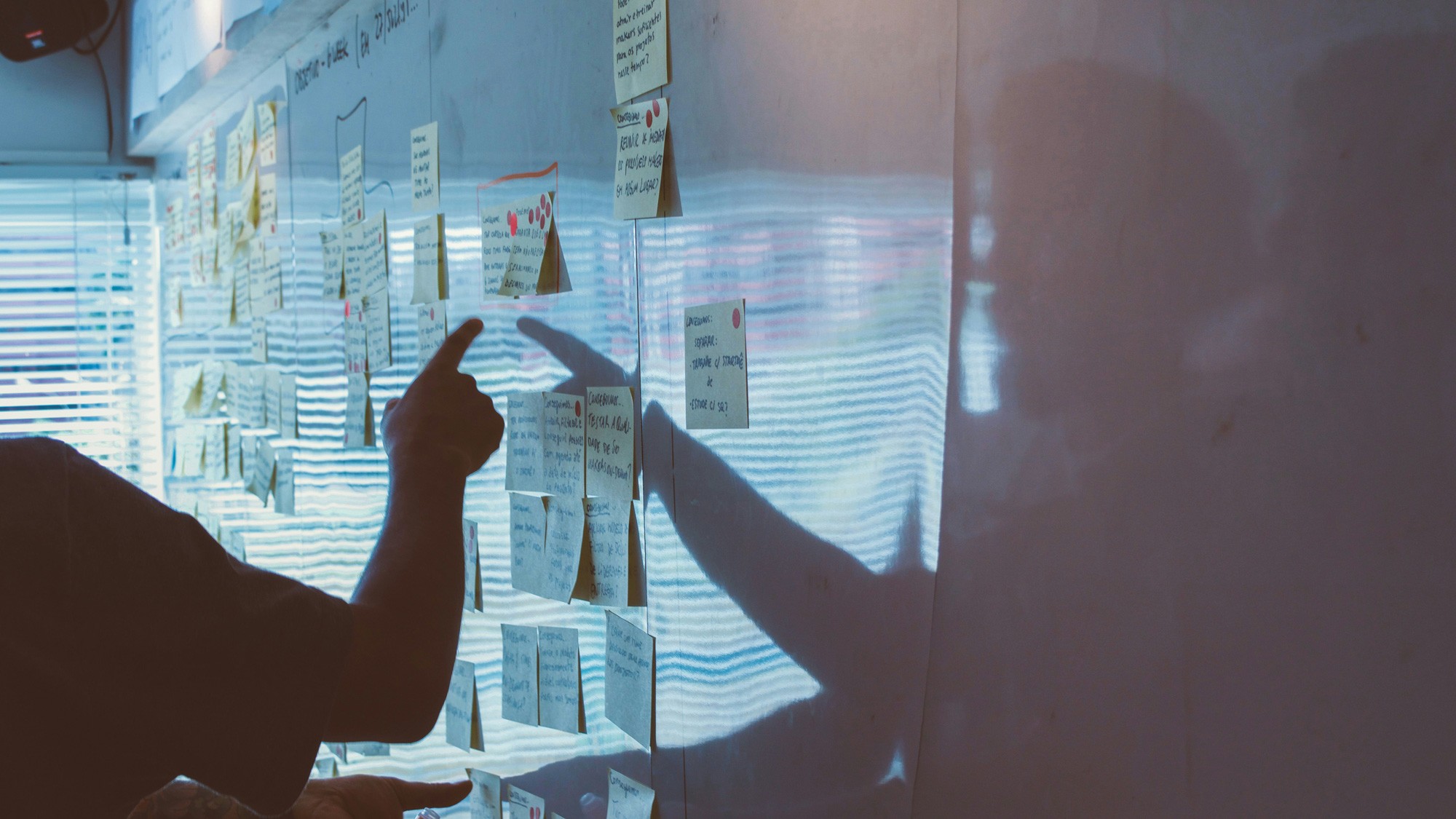
Photo by Startaê Team on Unsplash
How to align your team for a smooth product development process
Let me start this section by stating that I believe that you have to understand your team, how they work best, and how much overhead is spent within your organization to learn ‘how things are done’. Specifically, across your product development organization (engineering and product design mostly). Some teams are able to work with a brand style guide and theming, others work with fully-fleshed out design systems.
If you want to focus on scalability I’d recommend one of two paths: 1. Craft a product design system to unify front-end development & product design standards. With unified dependencies, with the same atomic structures, and net new items will be clearly identifiable. Less desirable your team could also: 2. Separate product design and development dependencies, silo-ing each organization to manage their own pieces. I don’t recommend this path for one simple reason: Separating the knowledge on either side creates potential issues down the line.
Why it's important to dream big, but execute iteratively
Scope your redesign effectively. Knowing where your product is today and the cost to edit it to your desired outcome will help your team with alignment. Too often redesigns are sold as quick refactors, dismissing the fact that they entail a refactor of products that often took much longer to design and style initially. Work with your internal team to understand the cost (bandwidth, resources, people) to make a redesign possible. Know that a redesign will require refactoring each part of your product, accounting for user feedback, bugs, and refactors as necessary.

Photo by Startaê Team on Unsplash
How to create a seamless transition for your existing users
The intention of a redesign may be clear, getting to the desired outcome isn’t a linear process. Let user’s self-select into the new experience, with a toggle to go back to the original experience. There are two reasons for this: 1. Maintain user’s ability to complete the tasks they are using your product for, and 2. Get signal on whether they opt into the new process, or what issues cause them to revert to the original experience.
How to develop an iterative process with increasing user & business value
In some cases our team uses good, better, and best explorations to push design concepts based on level of impact and cost of development. When it comes to a redesign we start with the ideal outcome, and work our way backwards. This precisely why we mentioned understanding what feature updates are blocked by a redesign, and what would be better supported with it. Begin by testing out minor improvements based on your research phase, find common patterns that you can get feedback on without causing disruption to your existing user’s workflows.
Create a process that provides your full product team optics into what is being worked on, what can be supported by the redesign effort, what may make the redesign effort simpler, or new items that may not be in consideration. The goal, keep updates and your workflow as agile as possible.
Focus on what matters
A redesign is less about a visual update, and moreso about improving the quality of life for your team and user base. Focus on the impact, measure your impact, and iterate effectively. Remember a redesign isn’t a one-off project. Ultimately a redesign becomes the new product you support, so you’ll get what you invest out of.
